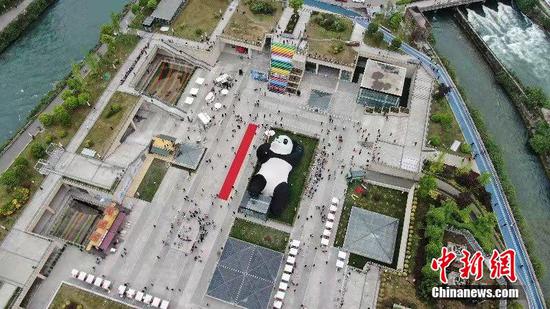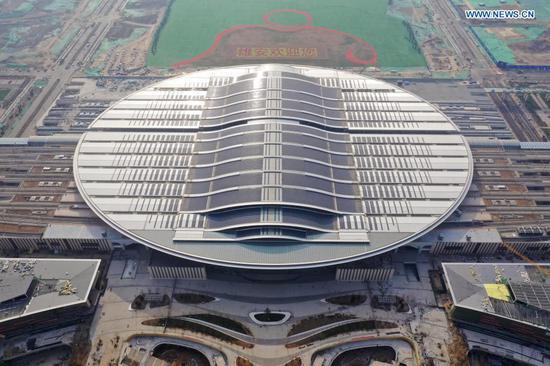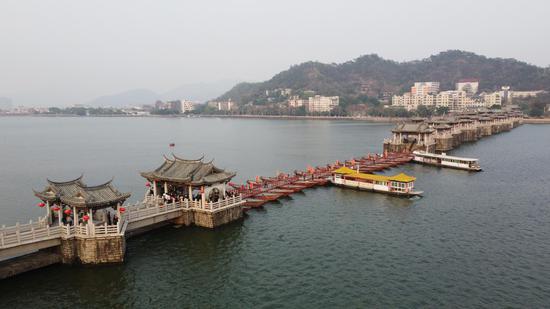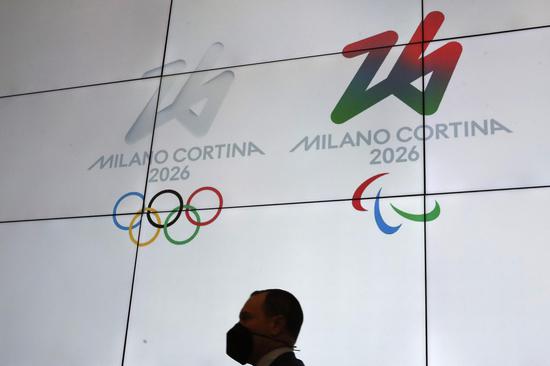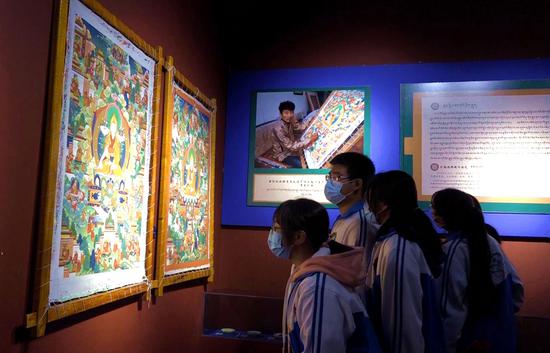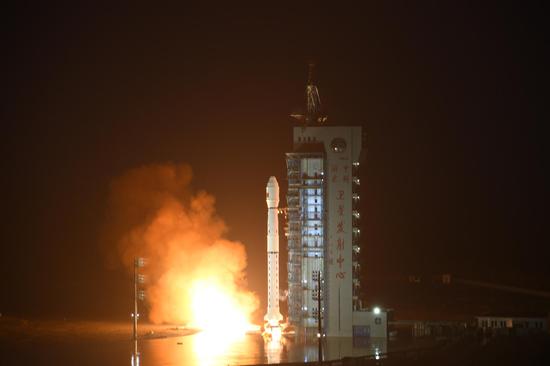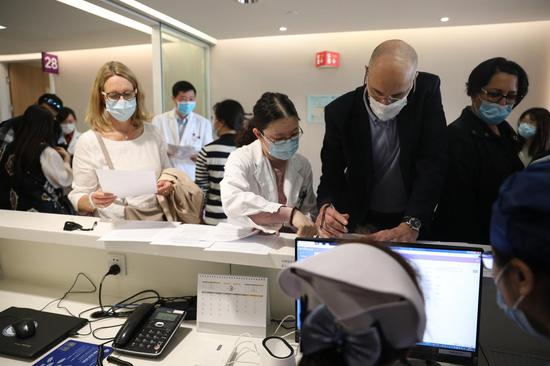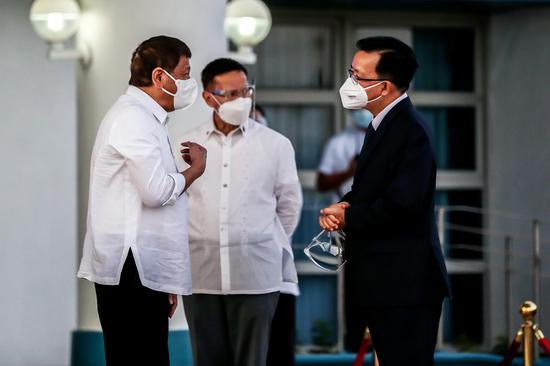Solar photovoltaic (PV) power project, one of the major targeted poverty alleviation programs in China, has contributed greatly to the country's poverty reduction efforts, according to a white paper released by the State Council Information Office on Tuesday.
In areas with appropriate solar resources and suitable conditions, the government has funded the construction of PV power stations, which are owned collectively by the local villages.
The income generated from the power stations is spent entirely on alleviating poverty. As of the end of 2020, 100,000 villages across China had installed PV power stations, generating a total of 18.65 million KW of electricity and bringing an average annual income of 200,000 yuan (about $30,000) for each village.
The earnings have been used to create public welfare jobs, fund small public welfare programs and offer small bonuses and subsidies, said the white paper.
Poverty alleviation through solar power generation has been instrumental in building independent development capability of the impoverished areas, helping the underprivileged area and their people find employment locally.
Since 2014, the country has formulated relevant plans, introduced fiscal, financial and pricing policies, strengthened power grid building and operation services, and promoted various solar PV poverty alleviation projects funded by the government and implemented by aiding enterprises.










